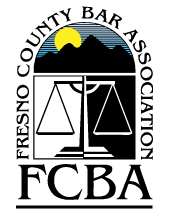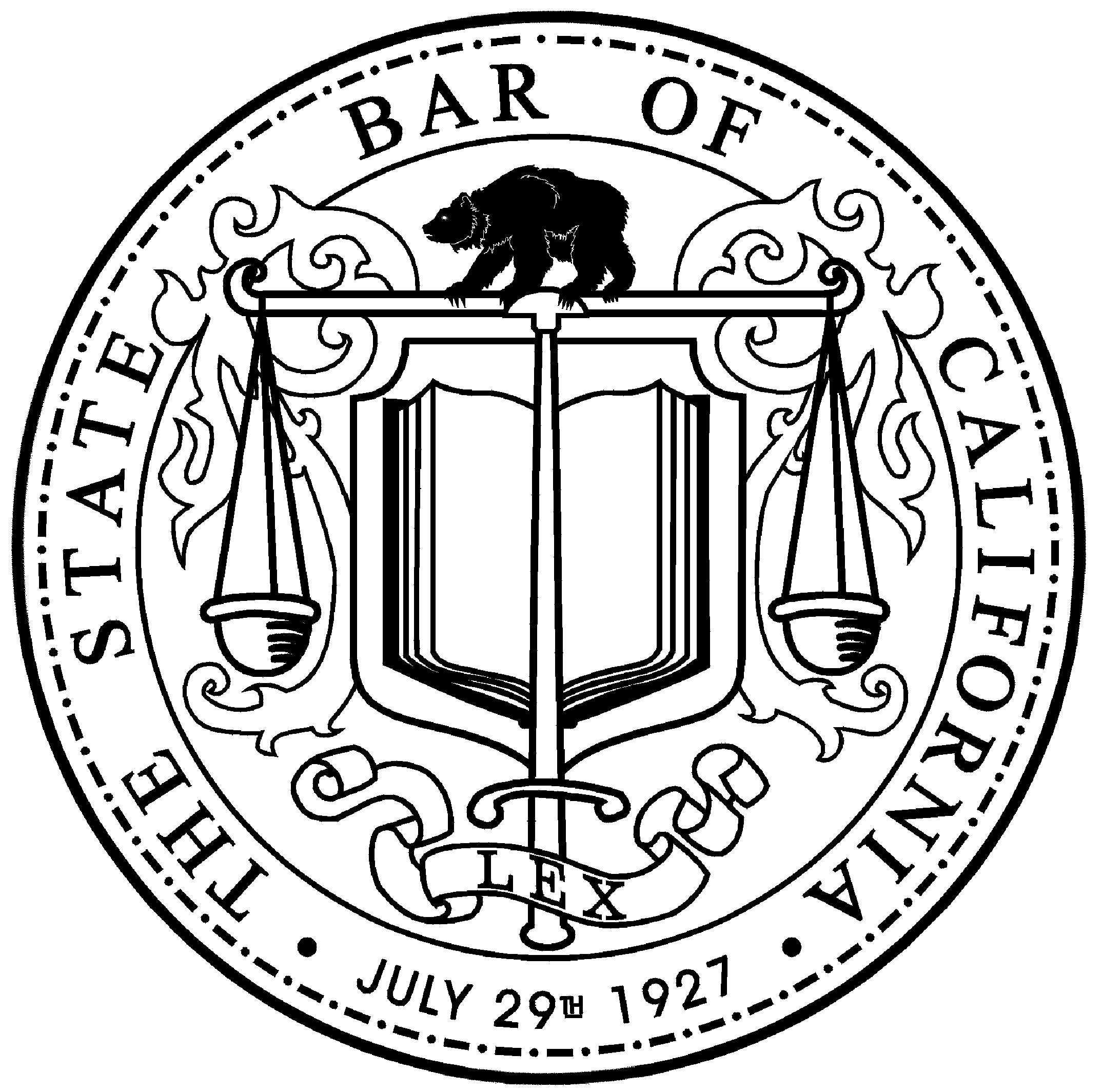Slip, Trip, and Fall: Preventing Common Winter Injuries
As winter creates environments that are slick and icy, it brings not just a white wonderland but also an increased risk of slips, trips, and falls. These common winter mishaps can lead to serious injuries, disrupting our daily lives and well-being. In this blog, we dive into the icy reality of winter injuries, shedding light on why they happen more frequently in the colder months and how they can be prevented.
The Risks of Winter Slips, Trips, and Falls
Winter, with its frosty charm and snowy landscapes, also ushers in a less welcome aspect: an increased risk of slips, trips, and falls. This season, often characterized by icy sidewalks and snow-covered paths, presents a unique set of challenges that significantly heighten the likelihood of such accidents.
Statistics reveal a stark rise in emergency room visits due to falls during winter months, underscoring the severity of this issue. The reason for this surge is multifaceted. Icy conditions, a hallmark of winter weather, create treacherously slippery surfaces. This slipperiness is not just confined to the outdoors; it often finds its way indoors as well, as people track in snow and slush, leaving puddles and wet floors in their wake.
Another contributing factor is the reduced visibility associated with shorter days and longer nights. Dimly lit walkways and parking lots become hotspots for accidents, as people struggle to see ice patches or uneven surfaces. Furthermore, the human body reacts differently to cold temperatures, potentially affecting balance and reaction time, which can increase the chances of a fall.
Winter sports and activities, while enjoyable, add another layer of risk. Skiing, snowboarding, and even just sledding or playing in the snow can lead to falls, particularly for those who are not adequately prepared or are unfamiliar with these activities.
The consequences of these slips and falls range from minor bruises to more severe injuries like fractures or head traumas. For the elderly and those with pre-existing conditions, the risk and potential impact of a fall are even greater, often leading to hospitalizations and a long recovery period.
In essence, while winter's beauty is undeniable, it is crucial to be aware of and respect the hidden dangers it brings. Recognizing the heightened risks of slips, trips, and falls during these months is the first step in taking necessary precautions to ensure one's safety and well-being.
Causes of Winter Slips, Trips, and Falls
The causes of slips, trips, and falls during winter are as varied as they are hazardous, often stemming from the very essence of the season's weather and environmental conditions.
Ice
One of the primary culprits is ice, a winter constant. Ice forms on sidewalks, driveways, and roads, often invisibly as black ice, making it one of the most treacherous hazards. It's not just the outdoor areas that are affected; entryways and indoor spaces can become slippery with melted snow and ice brought in on footwear.
Snow
Snow, while picturesque, adds to the risk. It can conceal obstacles like curbs, steps, or uneven patches on walking surfaces. As people trudge through snow, it gets packed down and becomes slick, increasing the likelihood of a fall. Snow accumulation can also lead to uneven surfaces, which are perfect traps for unsuspecting pedestrians.
Poor Winter Maintenance
Another significant factor is poor winter maintenance. Failure to adequately clear snow and ice from walkways, parking lots, and public spaces contributes to unsafe conditions. This lack of maintenance is not just limited to public spaces; it extends to residential areas, businesses, and workplaces.
Inadequate Lighting
Inadequate lighting during the longer winter nights further exacerbates the problem. Dimly lit areas make it difficult to see icy patches or obstacles, increasing the chance of missteps and falls. This is particularly problematic in areas with early sunsets and late sunrises, where people are often commuting or walking in low-light conditions.
Footwear
Footwear also plays a crucial role. Wearing shoes without proper traction or grip can easily lead to slips on icy or wet surfaces. Many winter falls could be prevented with the right choice of footwear, designed to provide stability and grip in snowy or icy conditions.
Human Factor
Lastly, the human factor can't be ignored. Distractions like using a mobile phone while walking, or rushing, increase the risk of not noticing a potential hazard. During winter, the need for heightened awareness and cautiousness while walking outdoors is paramount.
Preventive Measures for Employees
Preventive measures for employees to avoid slips, trips, and falls during winter are essential, both for their personal safety and for maintaining a productive and accident-free workplace. Employers can play a crucial role in this by implementing a range of strategies and promoting a culture of safety.
1. Education and Training
Conduct regular safety meetings or training sessions to educate employees about the risks of winter-related falls.
Provide information on how to walk safely on slippery surfaces, such as taking slow, small steps and walking flat-footed.
Emphasize the importance of being aware of their surroundings and recognizing potential hazards.
2. Keeping Workspaces Clear
Ensure that indoor walkways, especially near entrances, are kept dry and free of snow and ice.
Place absorbent mats at entry points to reduce water and slush being tracked indoors.
Regularly check and maintain these mats to ensure they are effective and not a tripping hazard themselves.
3. Snow and Ice Removal
Implement a reliable snow and ice removal plan for all outdoor areas used by employees.
Use salt, sand, or other ice-melting products to maintain clear and safe walkways.
Regularly inspect outdoor areas throughout the day and address any hazardous conditions promptly.
4. Encouraging Reporting
Create a system where employees can easily report hazardous conditions like icy patches or inadequate lighting.
Respond quickly to these reports to prevent accidents.
5. Flexible Policies
On days with severe weather conditions, consider flexible working arrangements, such as delayed start times or remote work options, to reduce the need for commuting during the most hazardous conditions.
6. Emergency Preparedness
Keep a first-aid kit readily available and ensure that some employees are trained in basic first aid.
Have a clear plan in place for responding to falls or injuries, including emergency contact numbers and procedures.
By adopting these preventive measures, employers can significantly reduce the risk of winter-related slips, trips, and falls among employees, fostering a safer, more secure working environment.
What to Do If You Experience a Winter Slip, Trip, or Fall
Experiencing a slip, trip, or fall during winter can be not only startling but also potentially injurious. Knowing how to respond in such situations is crucial for minimizing harm and facilitating a swift recovery.
Stay Calm and Assess the Situation
After a fall, it's important to stay calm. Take a few moments to catch your breath and assess your body for any pain or injuries.
Avoid immediately getting up, as this can sometimes worsen an injury. Instead, try to determine if you're hurt and where.
Seek Help if Necessary
If you're injured and unable to get up, call out for help or use your phone to call for assistance. In a workplace setting, notify a coworker or supervisor. If you're in a public space, bystanders can often provide help.
Check for Injuries
If you feel able to move, do so slowly and cautiously. Start by moving your limbs gently to check for pain or restricted movement. Look for signs of serious injuries, such as intense pain, swelling, or inability to bear weight, which would necessitate immediate medical attention.
Seek Medical Attention if Needed
Even if injuries seem minor, it's wise to get a medical evaluation, as some injuries, like concussions or fractures, may not be immediately apparent. For severe injuries, like head trauma, loss of consciousness, or severe pain, seek emergency medical care.
Report the Incident
If the fall occurs at work, report it to your supervisor or through the appropriate workplace incident reporting system. In public spaces, report the incident to the property management or local authorities, especially if the fall was due to negligence, like an unshoveled walkway.
Document the Incident
Take photographs of the location where you fell, especially if the fall was due to hazardous conditions like ice or uneven surfaces. Write down what happened as soon as possible, including the time, date, and any relevant details. This can be important for insurance claims or potential legal action.
Follow Up with Treatment
Follow any medical advice given, including rest, medication, or physical therapy.
Keep track of your symptoms and recovery, and schedule follow-up appointments as necessary.
Rest and Recover
Give yourself time to recover. Avoid rushing back to normal activities if you're not fully healed, as this can lead to further injury.
Learn and Adapt
Reflect on the incident and consider ways to prevent future falls, such as being more cautious in risky conditions or wearing appropriate footwear.
Remember, the aftermath of a fall can be just as important as the immediate response. Proper care, documentation, and follow-up are essential steps in ensuring a full recovery and protecting your rights, especially if the fall was due to external factors like poor maintenance of public spaces.
Conclusion
The winter season, while enchanting, brings with it a heightened risk of slips, trips, and falls. These incidents can lead to serious injuries, but with the right knowledge and precautions, they can often be prevented. It's crucial for individuals, employers, and property owners alike to be proactive in addressing the hazards of icy and snowy conditions. As we embrace the beauty of winter, let us also commit to safety, ensuring that this picturesque season is enjoyed without harm.
Cole, Fisher, Cole, O’Keefe + Mahoney is Central California’s leading workers’ compensation and social security disability law firm. With over 30 years of successful experience, we are committed to securing maximum benefits for our clients in the Fresno, California area. Schedule a free consultation today.
© 2025 Cole, Fisher, Cole, O’Keefe + Mahoney
Making a false or fraudulent workers’ compensation claim is a felony subject to up to five years in prison, or a fine of up to $150,000 or double the value of the fraud, whichever is greater, or by both imprisonment and fine.






